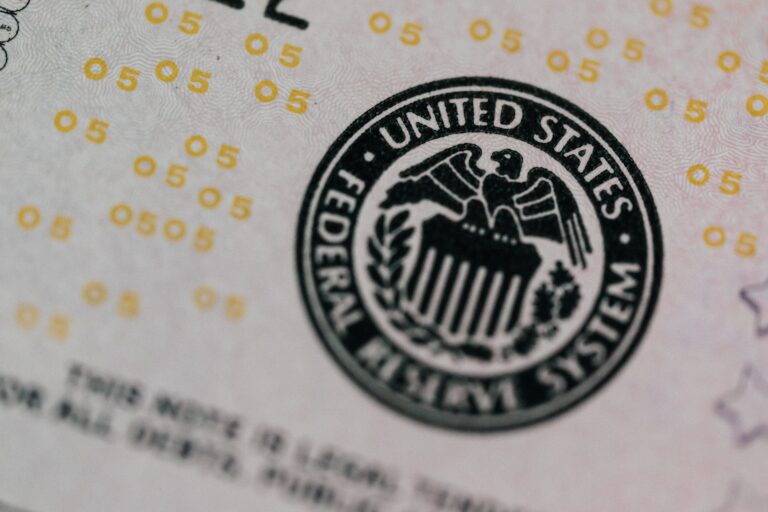
Daily Brief – Holding on
Holding on
With less than a 10% probability of a cut priced into the Reserve Bank of Australia’s (RBA) latest monetary policy decision, it is unsurprising markets open today to news of a hold. The RBA adopted a lower peak rate of benchmark interest than the likes of the UK and USA with lower inflationary pressures being experienced than elsewhere in the developed world post-covid. It has held rates at a modest 4.35% for well over a year before cutting rates by 25-basis points in February.
The governor did provide significant forward guidance regarding the likely path of future rate adjustments. This guidance and the decision wording has the market pencilling in a cut during the mid-May meeting. This next decision crucially will follow the Australian Federal elections on May 3rd. The governor overnight continued to stress the importance of uncertainty as a motivator for a rate hold decision. This largely referred to Trump’s impending ‘liberation’ day tomorrow.
April 2nd, tomorrow, is forecasted to be the day upon which Trump will unveil his latest and comprehensive tariff decisions. Over the weekend he has suggested all nations will be in scope for such tariffs as he pursues his deal making agenda. Despite the market’s favourite latest flavour of pricing in the impacts to US growth prospects over the global risk induced by tariffs, we are seeing some defensive USD positions being built. A minor recovery within AUD following the decision serves as little respite to the worst performing G10 currency last month.
Discussion and Analysis by Charles Porter

Related Insights

Daily Brief – Weren’t Tariffs USD Negative?
Weren’t Tariffs USD Negative? The Dollar proved sensitive to headlines regarding trade during the US overnight session. However, contrary to what many commentaries would have you believe, as the risk of tariffs escalated the Dollar rose. The 90-day pause following Trump’s April ‘liberation day’ tariffs had been set to expire this coming Wednesday. To the […]

Daily Brief – Weak foundations
Weak foundations After a rally of around 15% year to date, there is significant cognitive and technical room for consolidation within EURUSD. Implied volatility has been rising given the macroeconomic backdrop that markets have encountered this year. Even within such an environment, a 15% rally in the market’s most traded instrument is still enormous. But […]

Daily Brief – Dollar Reserves
Dollar Reserves With the passing of Trump’s original deadline for the reimposition of liberation day tariffs yesterday, markets have breathed a sigh of relief. July VIX futures continued to slide lower. Moreover, what may surprise anyone who had been expecting the issue of tariffs to resurface following the passing of Trump’s new deadline, so too […]

